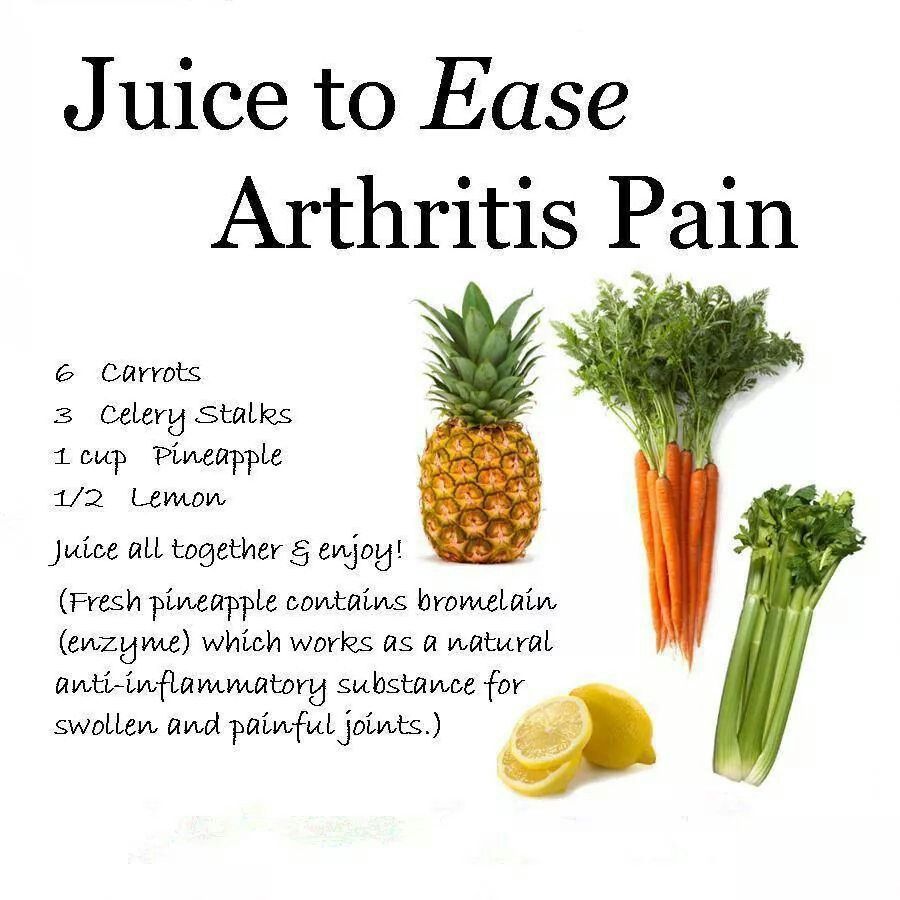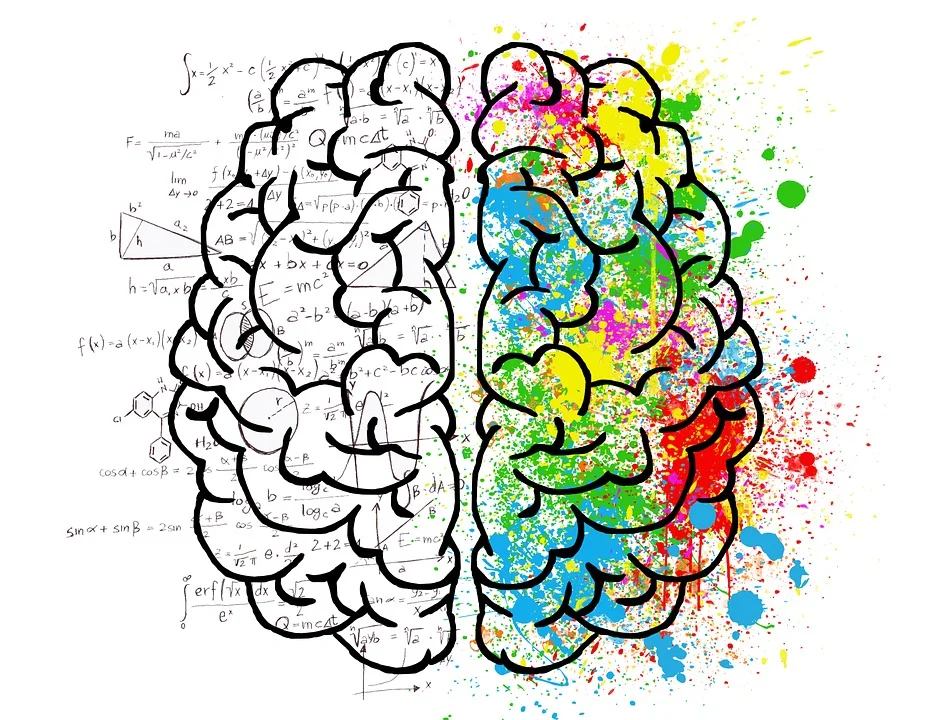Effective Treatments for Arthritis Pain Relief
Arthritis is a common condition that causes pain, stiffness, and swelling in the joints. It can significantly impact a person’s quality of life and ability to perform daily activities. Fortunately, there are several effective treatments available to help manage arthritis pain and provide relief. In this article, we will explore some of the most commonly recommended approaches for alleviating arthritis symptoms.
1. Medications
One of the mainstays of arthritis pain management is the use of medications. Nonsteroidal anti-inflammatory drugs (NSAIDs) such as ibuprofen and naproxen sodium can help reduce inflammation and relieve pain. These medications are available over the counter or by prescription, depending on the dosage. In more severe cases, corticosteroids or disease-modifying antirheumatic drugs (DMARDs) may be prescribed by a healthcare professional.
2. Physical Therapy
Physical therapy is an excellent treatment option for arthritis pain relief. A trained therapist can guide patients through specific exercises and stretches that target affected joints. These exercises help improve flexibility, reduce pain, and enhance overall joint function. Physical therapists may also utilize techniques such as hot and cold therapy, ultrasound, and electrical stimulation to provide additional pain relief.
3. Weight Management
Excess weight can put additional stress on arthritic joints, worsening pain and discomfort. Therefore, maintaining a healthy weight is crucial for managing arthritis symptoms effectively. Adopting a well-balanced diet and engaging in regular physical activity can help individuals lose weight or maintain a healthy weight. Losing just a few pounds can significantly alleviate the strain on joints, leading to reduced pain and improved mobility.
4. Assistive Devices
Assistive devices can make a significant difference in everyday life for individuals with arthritis. These devices aim to reduce joint strain and minimize pain. Common examples include braces, splints, compression gloves, and shoe inserts. These devices help support and stabilize joints, enabling individuals to perform daily activities with less pain and discomfort. Consultation with a healthcare professional can help determine the most suitable assistive devices for specific arthritic conditions.
5. Acupuncture
Acupuncture, an ancient practice originating from traditional Chinese medicine, involves inserting thin needles into specific points of the body. Many arthritis patients have reported significant pain relief and improvement in joint function through acupuncture. While the exact mechanism by which acupuncture works in alleviating arthritis pain is still not fully understood, many healthcare professionals acknowledge its effectiveness as a complementary treatment modality.
6. Heat and Cold Therapy
Applying heat or cold to arthritic joints can provide immediate pain relief. Heat therapy helps increase blood circulation and relaxes muscles, while cold therapy numbs the area and reduces inflammation. Hot baths, hot packs, heating pads, and warm showers are all effective ways to apply heat therapy. On the other hand, cold packs, ice wraps, and ice baths can be used for cold therapy. Individuals with arthritis can experiment to find which temperature works best for pain relief.
7. Lifestyle Modifications
Simple lifestyle modifications can greatly reduce arthritis pain and improve overall well-being. Engaging in low-impact exercises such as swimming, walking, or cycling can help strengthen muscles and support joint function without putting excessive stress on the joints. A balanced diet consisting of anti-inflammatory foods such as fruits, vegetables, and omega-3 fatty acids can help alleviate inflammation in the body. Adequate rest and relaxation, stress management techniques, and regular sleep schedule are also crucial for managing arthritis pain effectively.
8. Alternative Therapies
Various alternative therapies have shown promise in relieving arthritis pain. These include massage therapy, yoga, Tai Chi, and meditation. Massage therapy helps reduce muscle tension, improve circulation, and provide pain relief. Yoga and Tai Chi focus on gentle movements, stretching, and deep breathing exercises, which can enhance joint flexibility and alleviate pain. Meditation and other relaxation techniques help individuals better manage pain and reduce stress, contributing to overall pain relief.
While these treatments have proven effective for many individuals, it’s important to consult with a healthcare professional before starting any new treatment regimen. Each person’s arthritic condition is unique, and the most suitable treatment approach may vary. By working closely with a healthcare team, individuals with arthritis can find the most effective treatment plan to improve their quality of life and alleviate pain.


